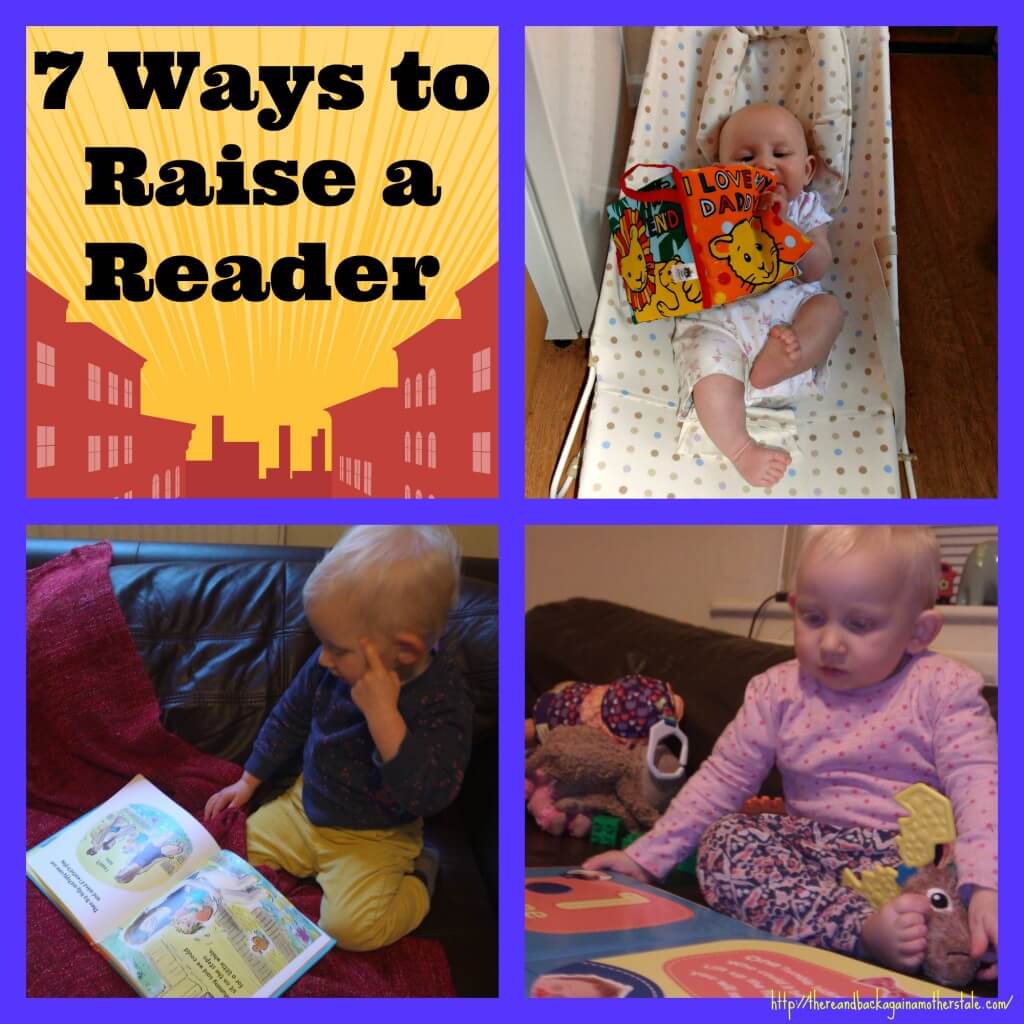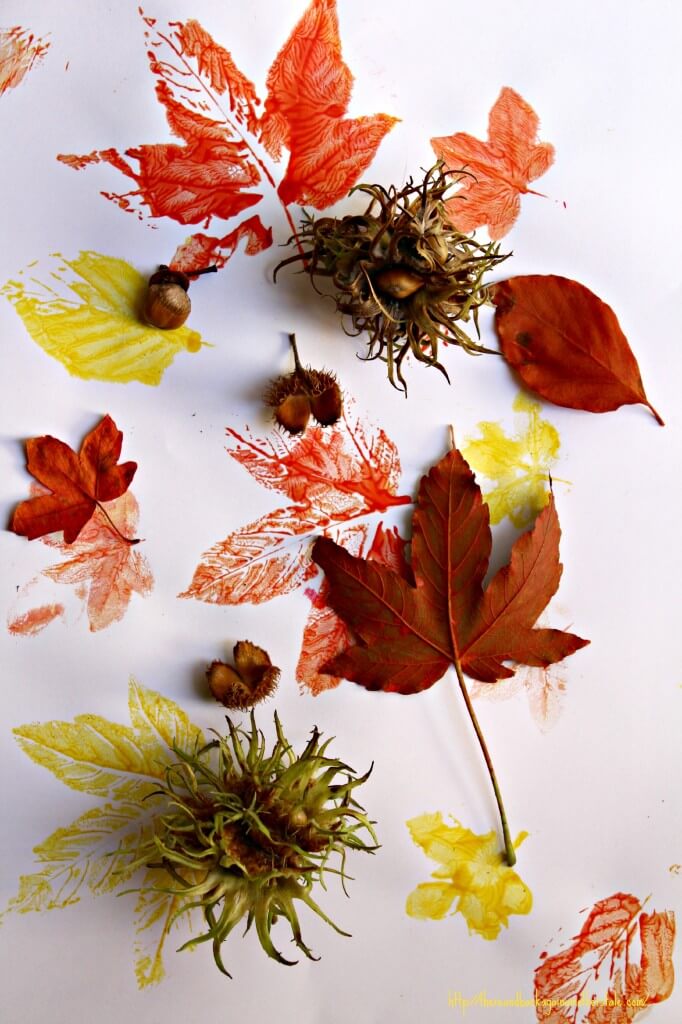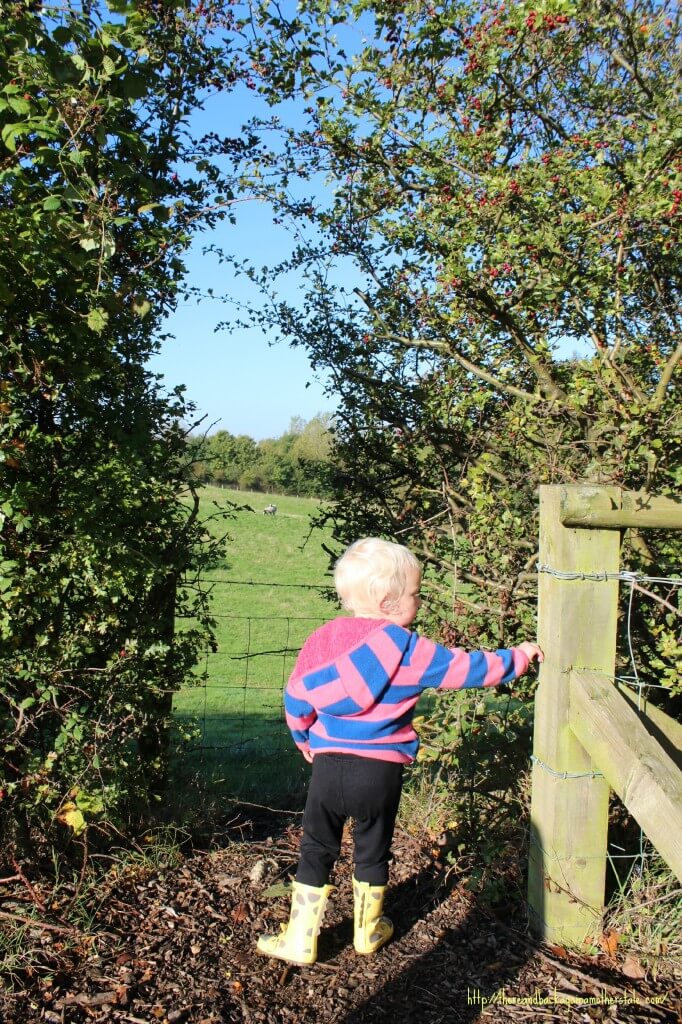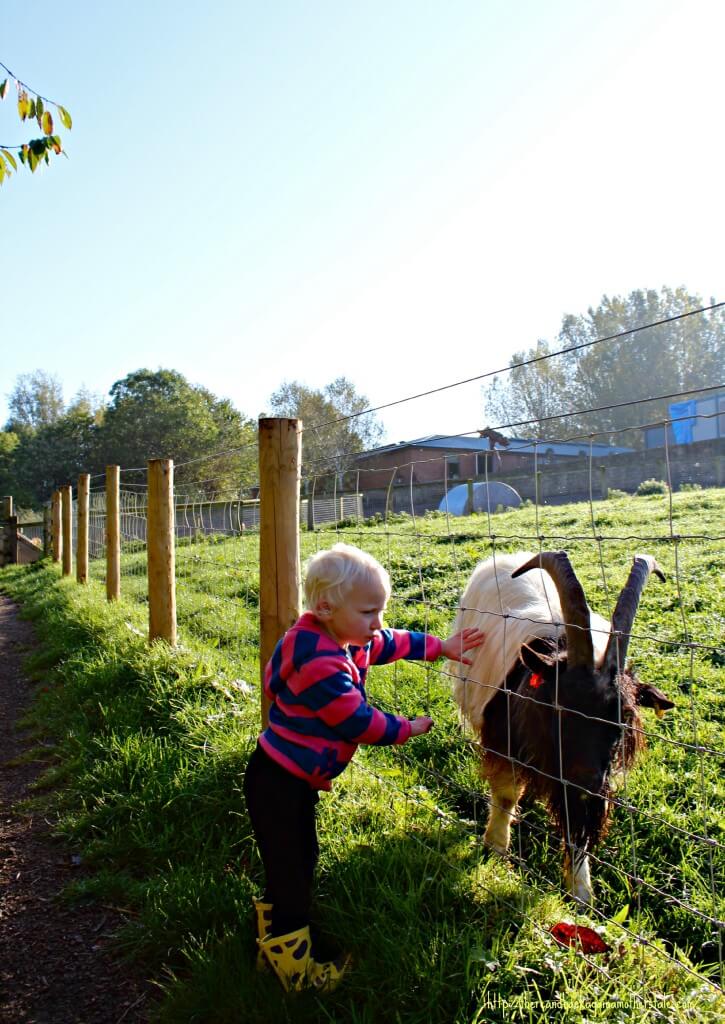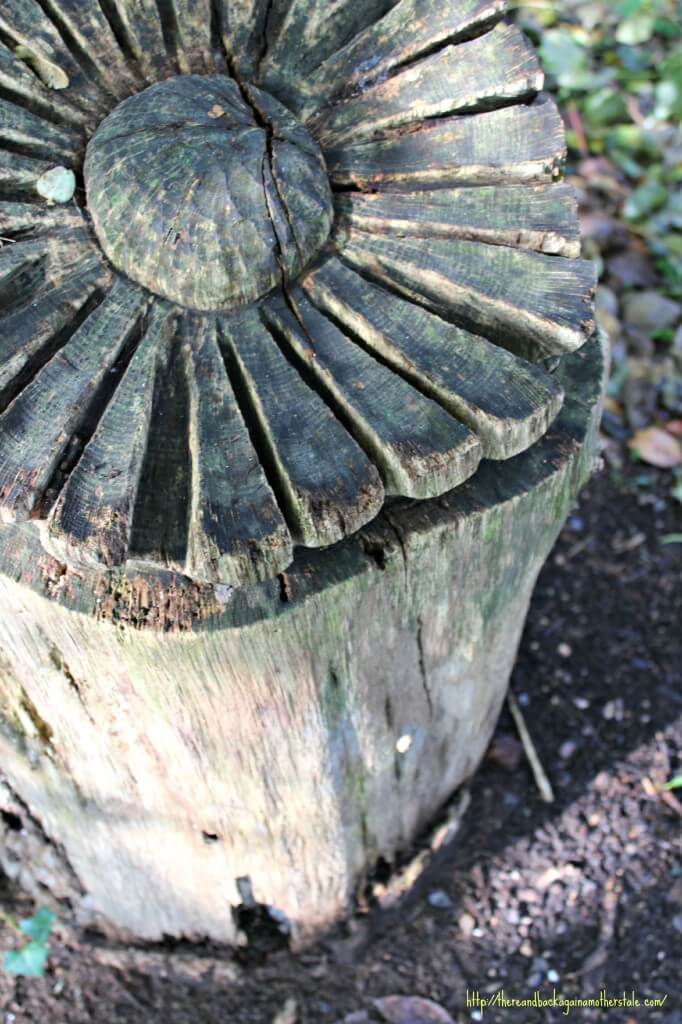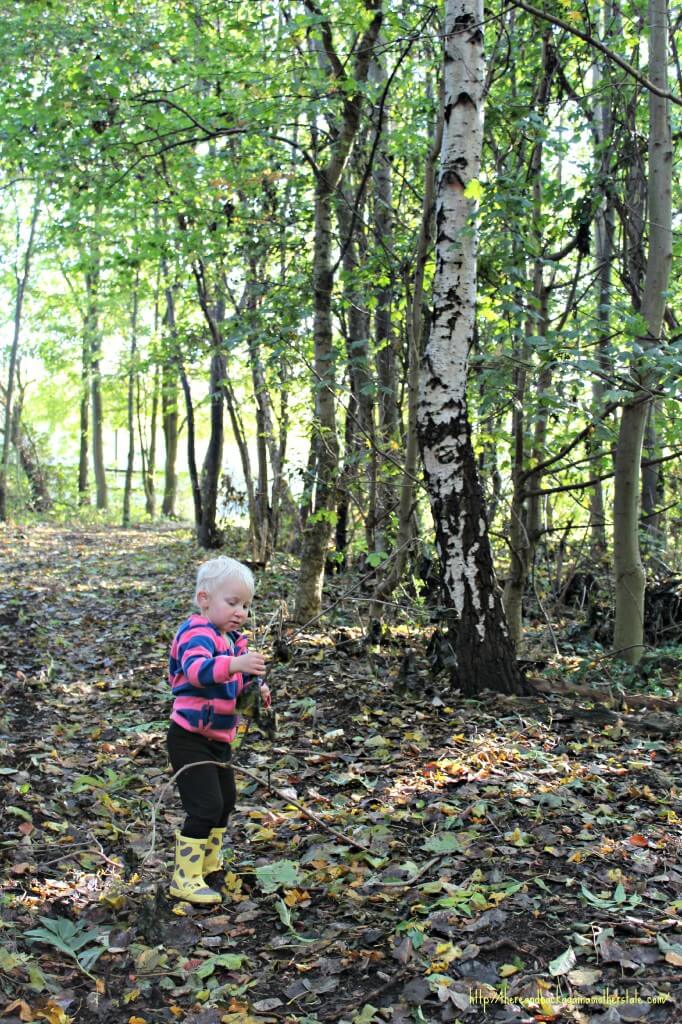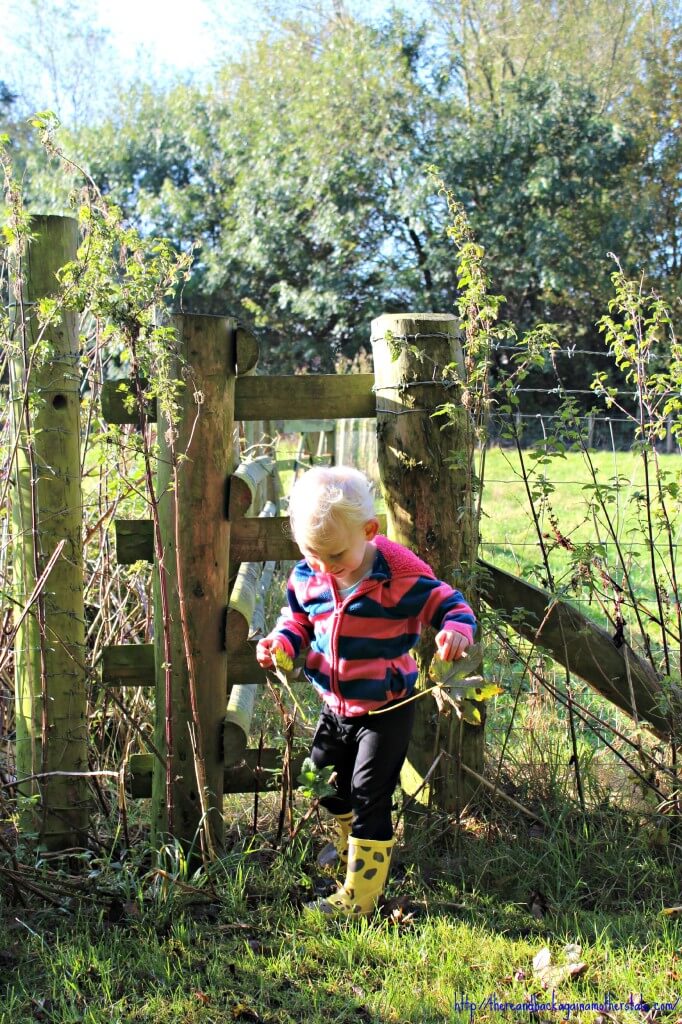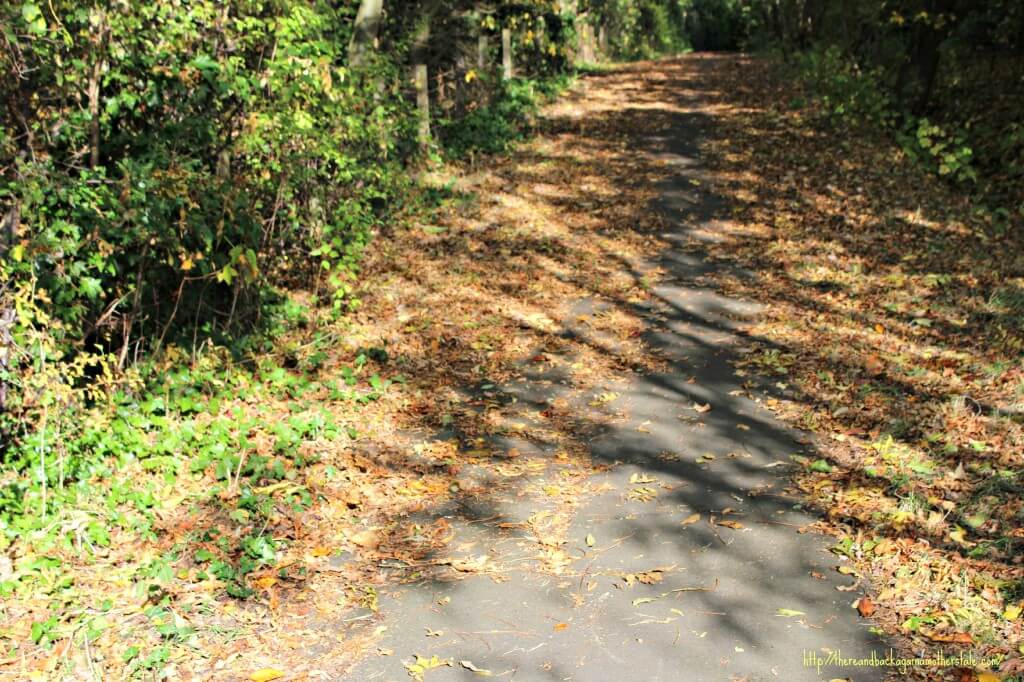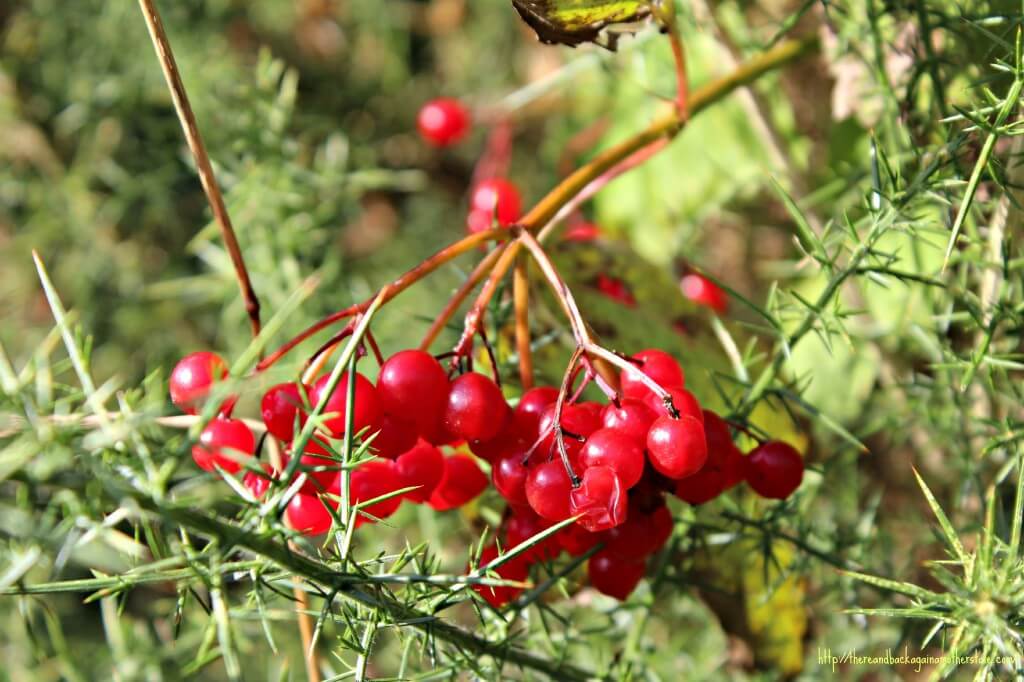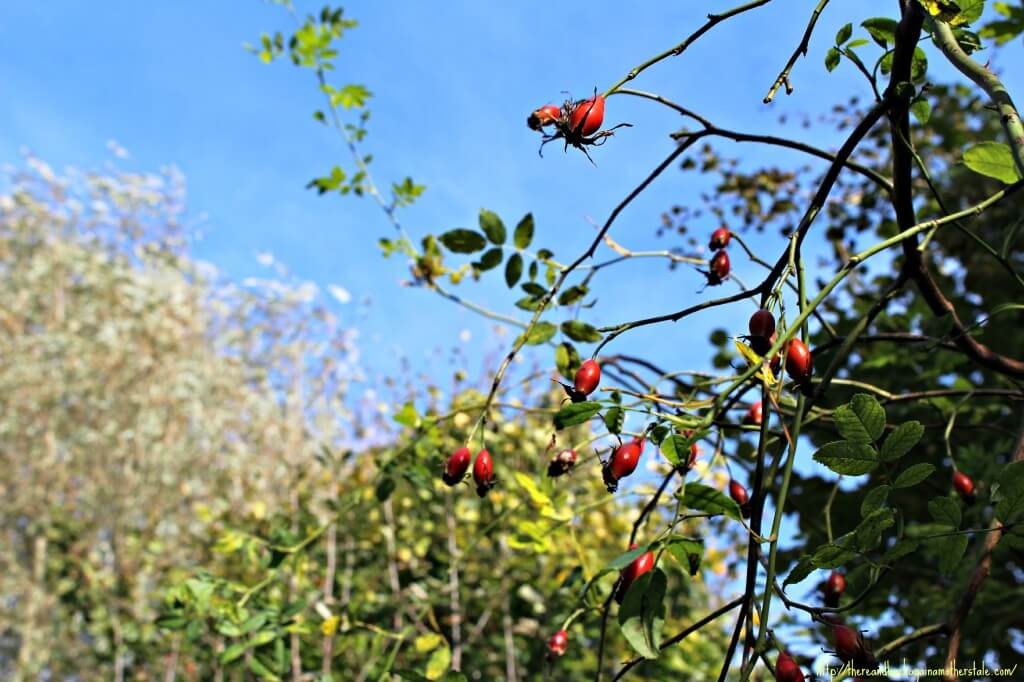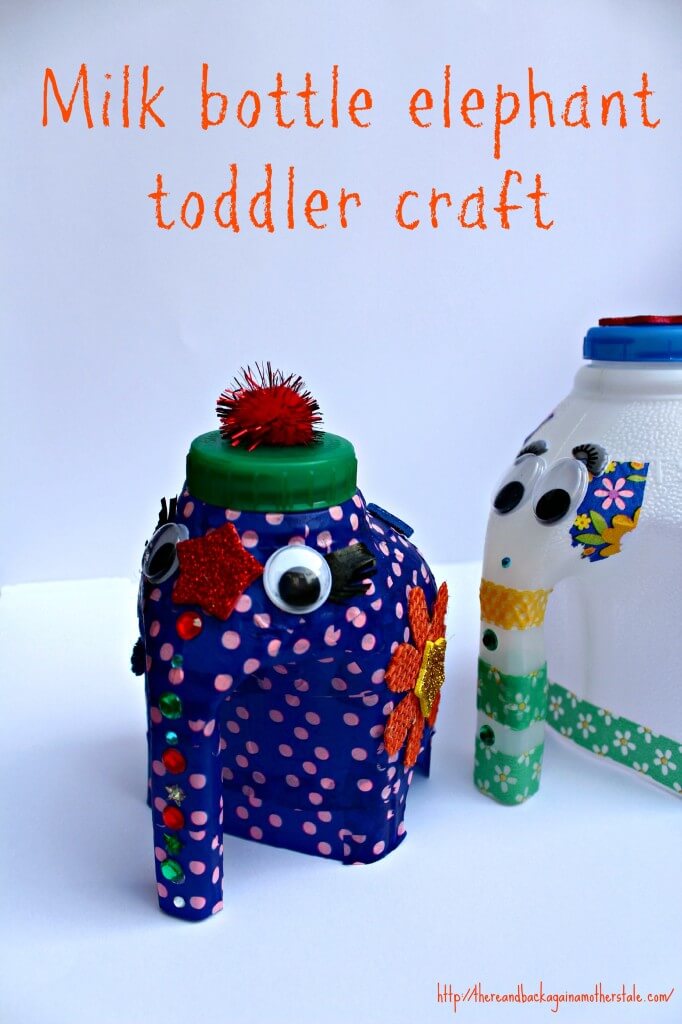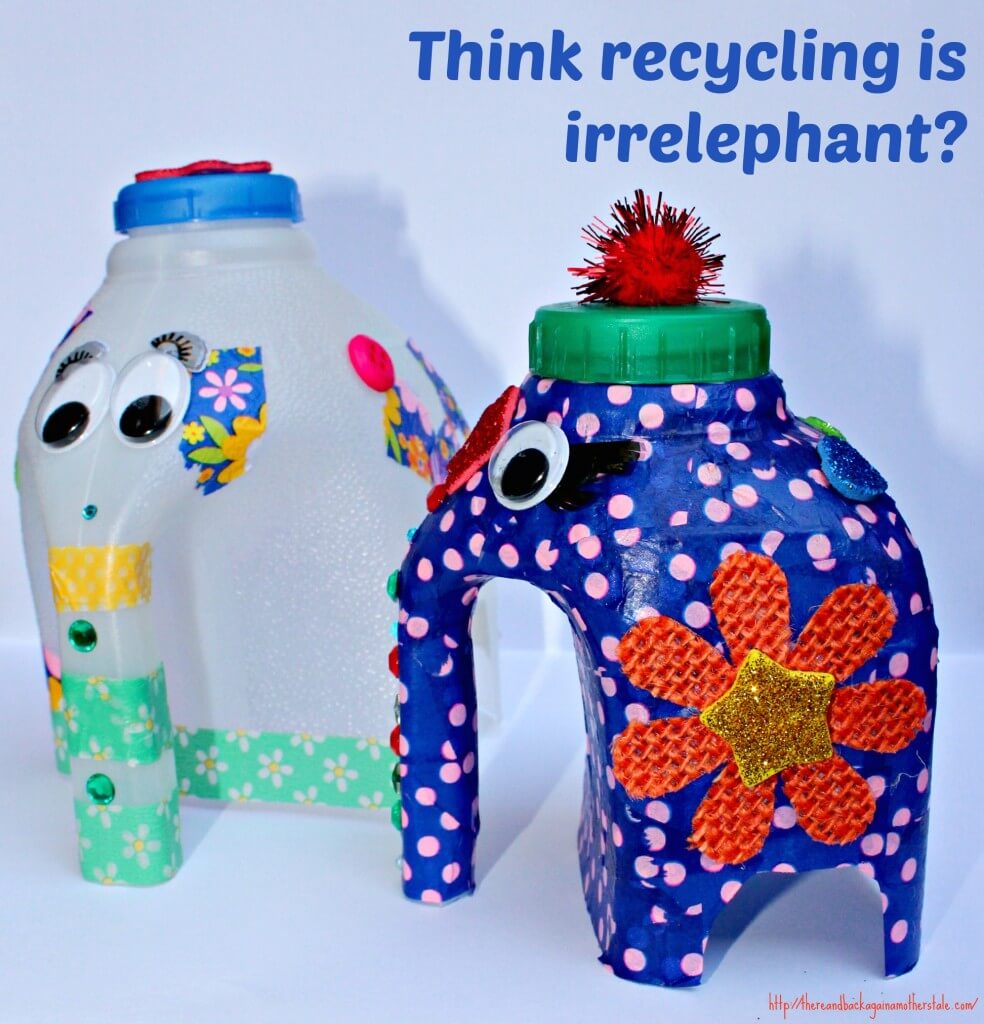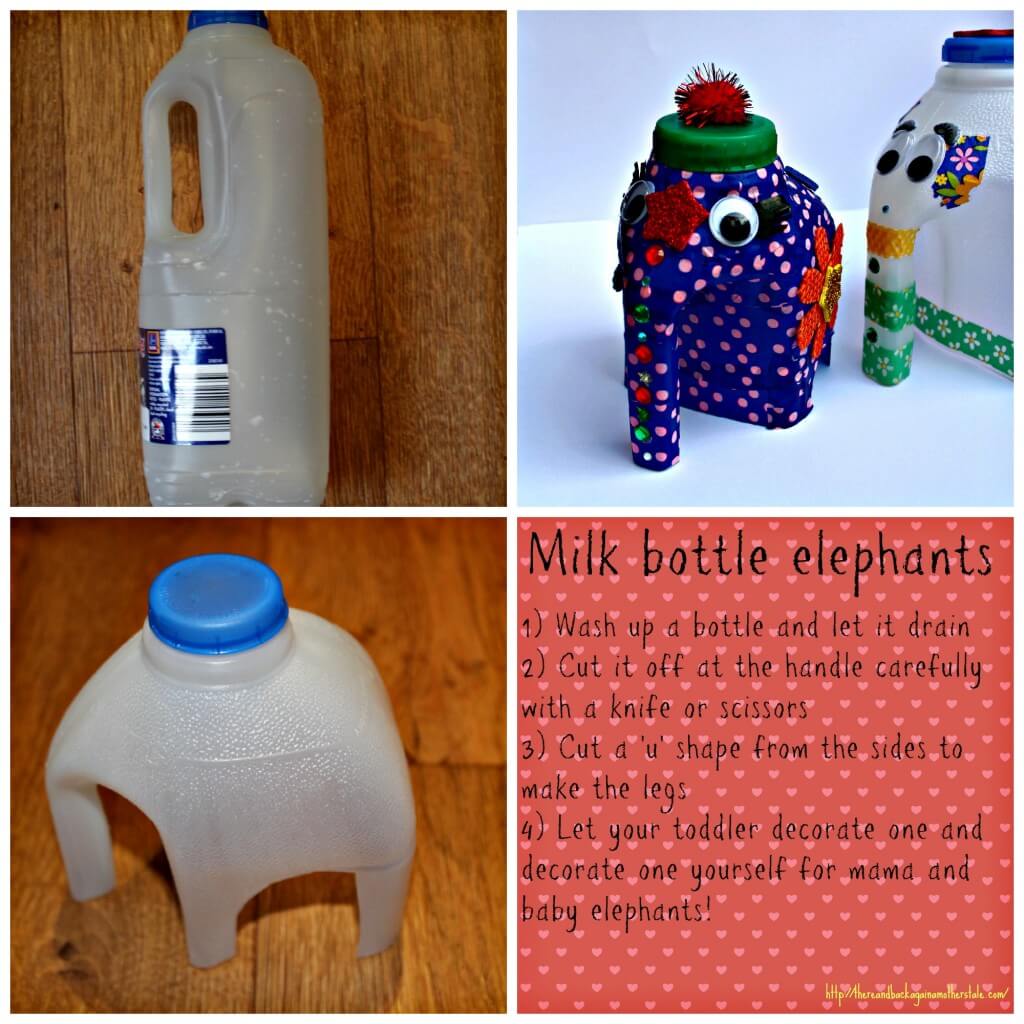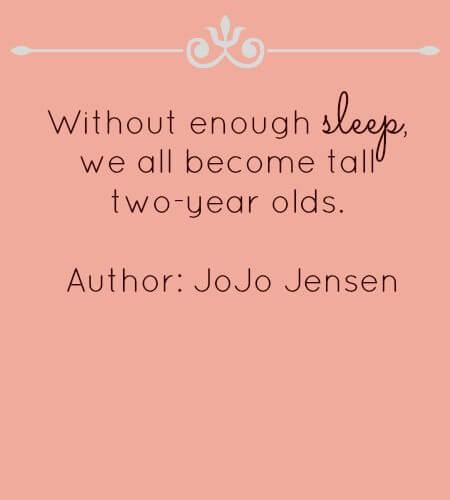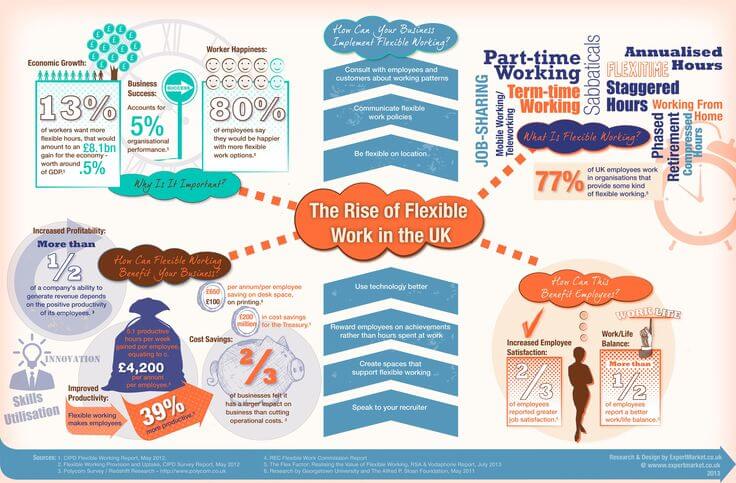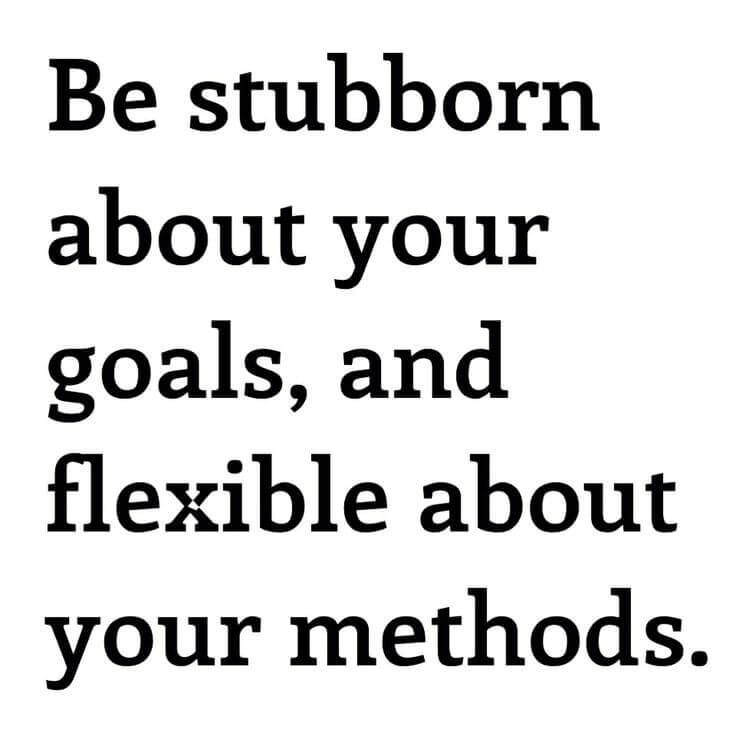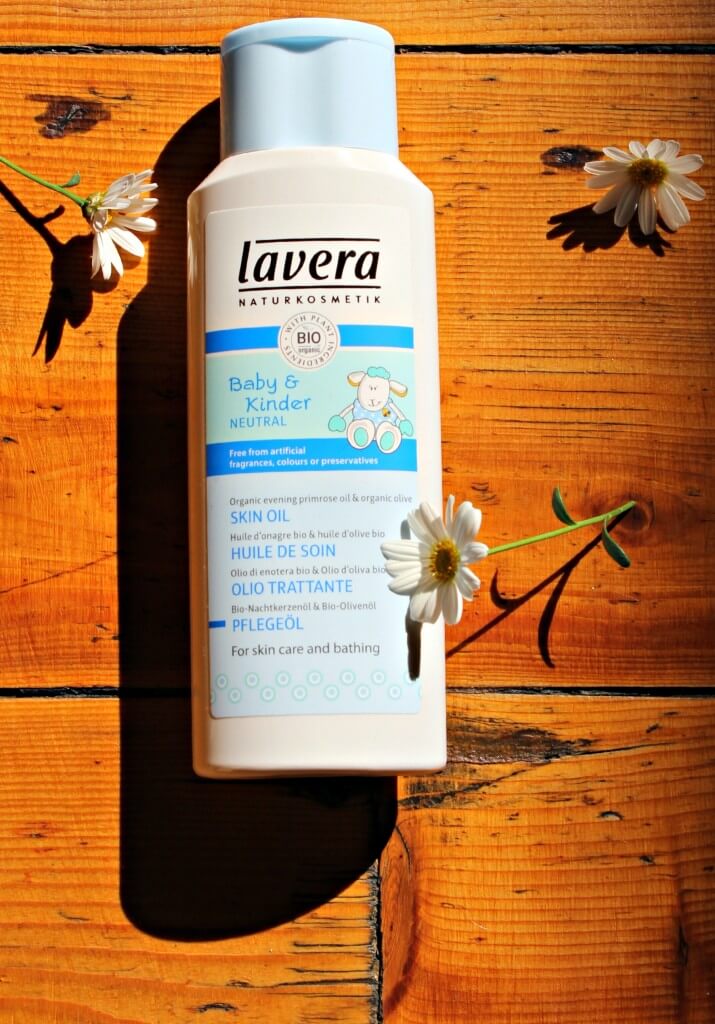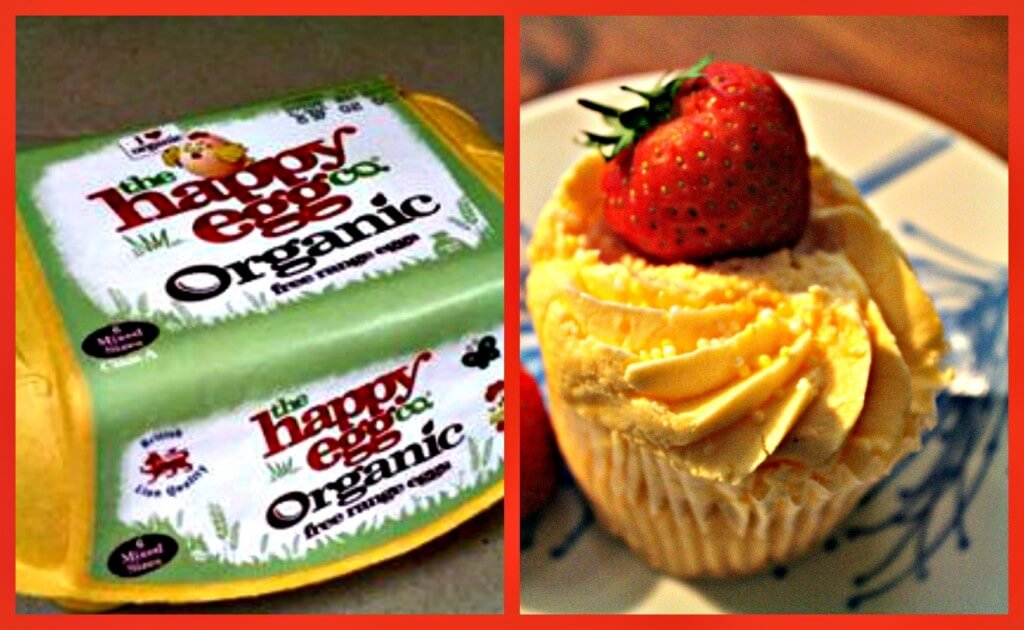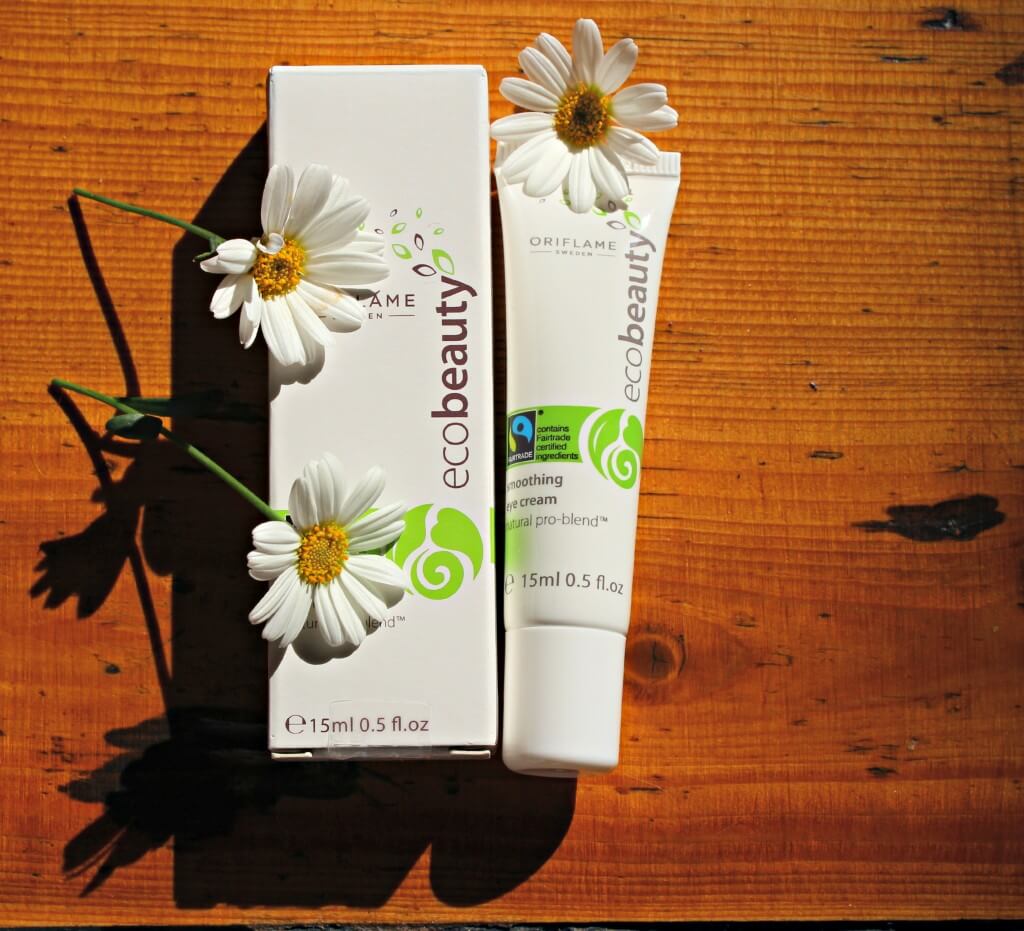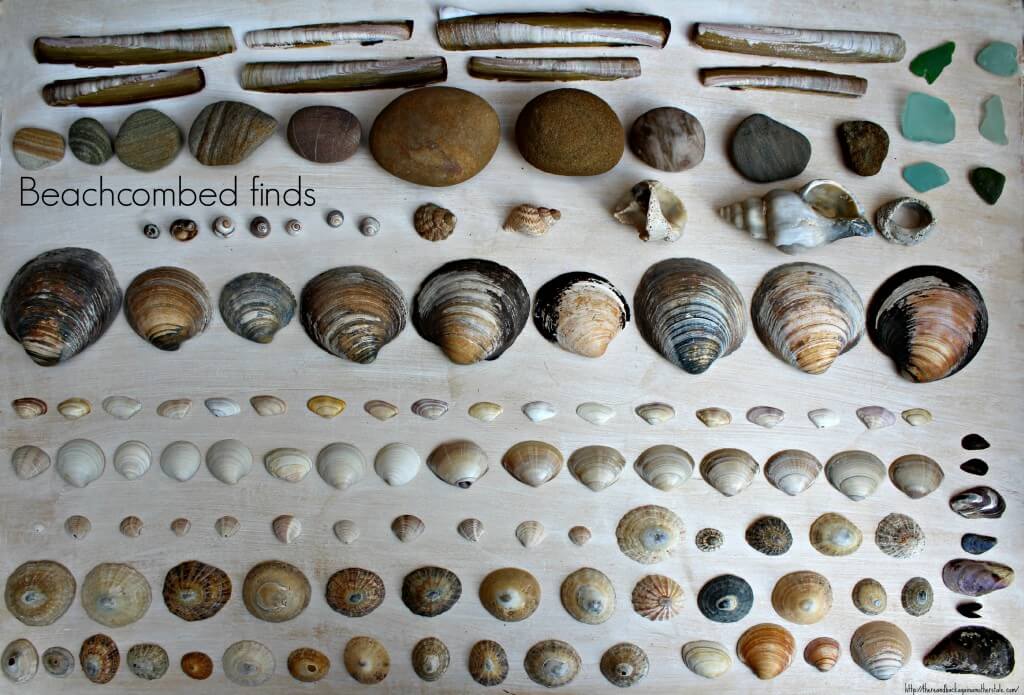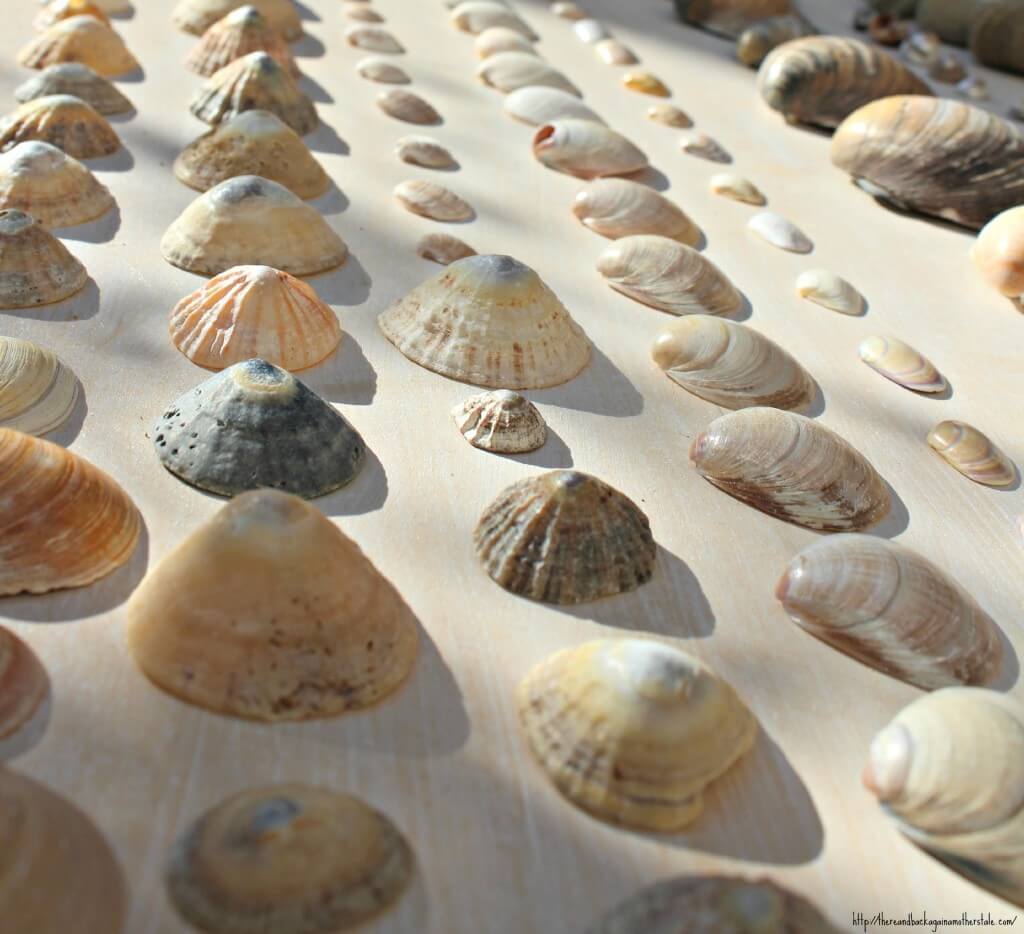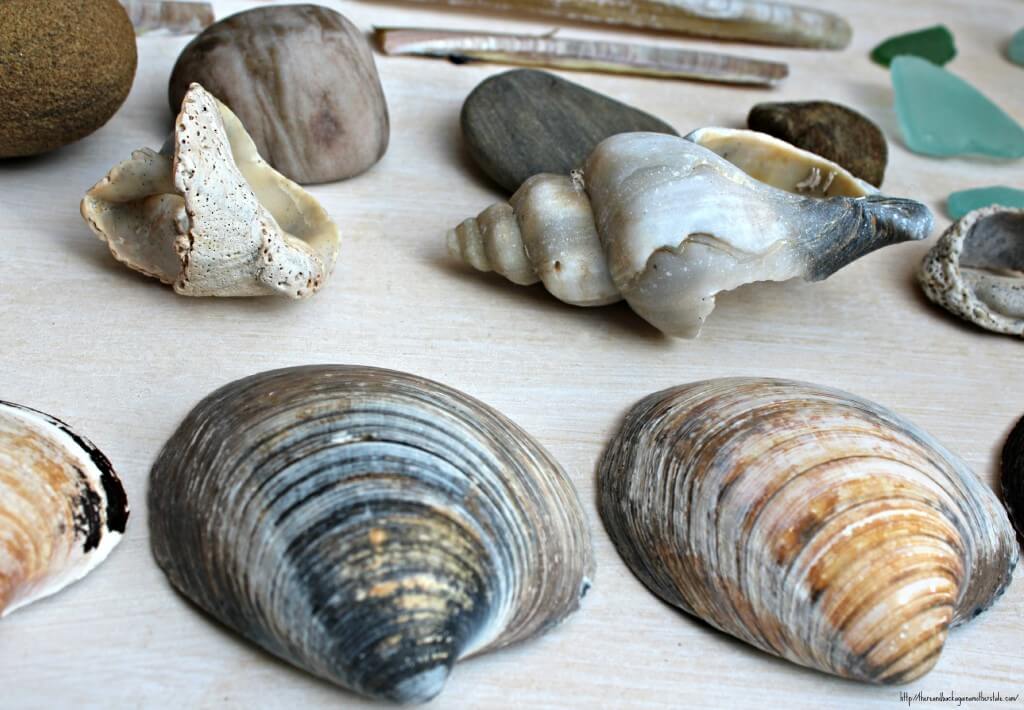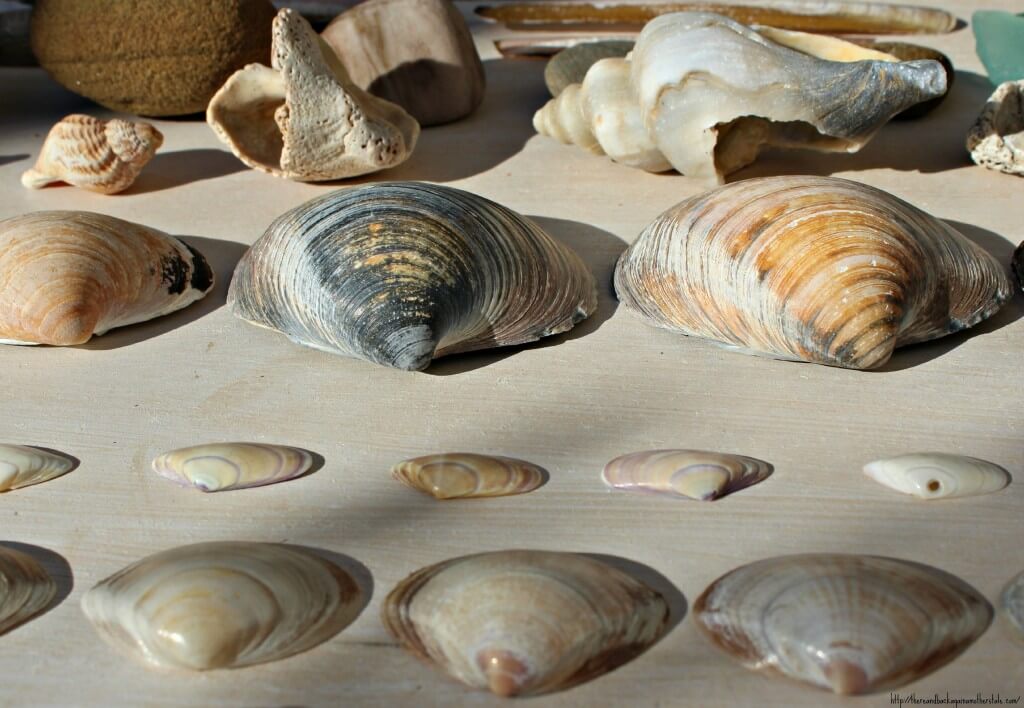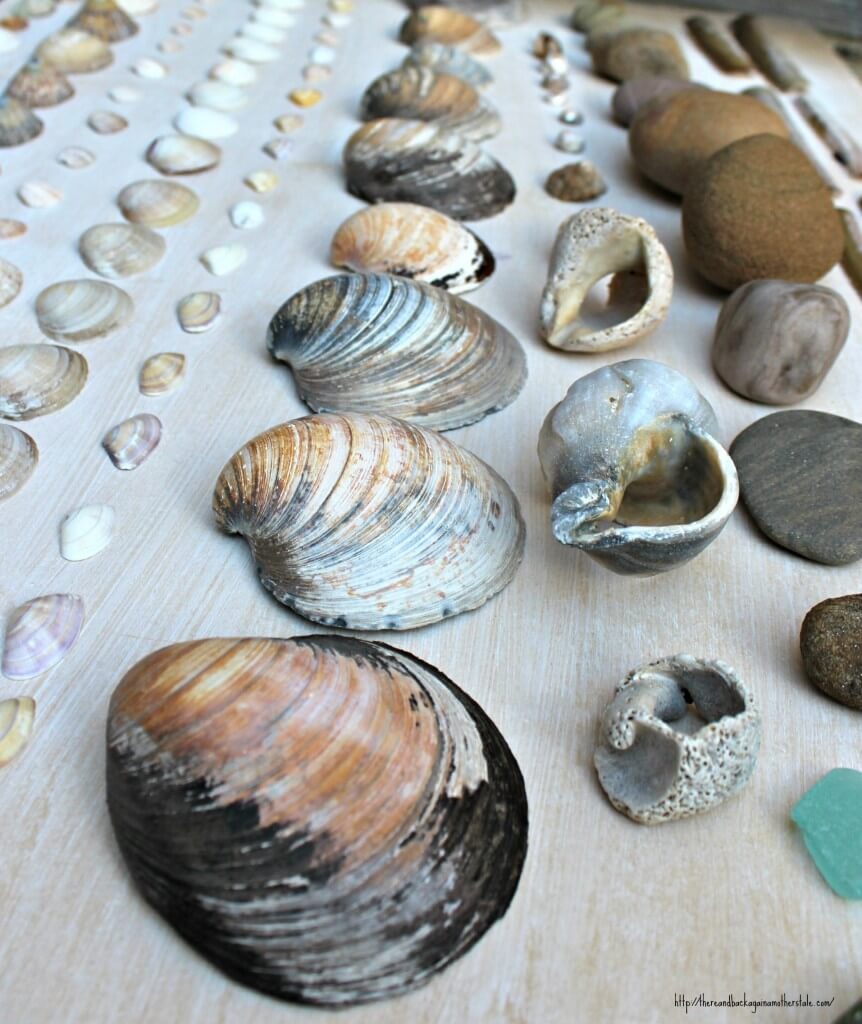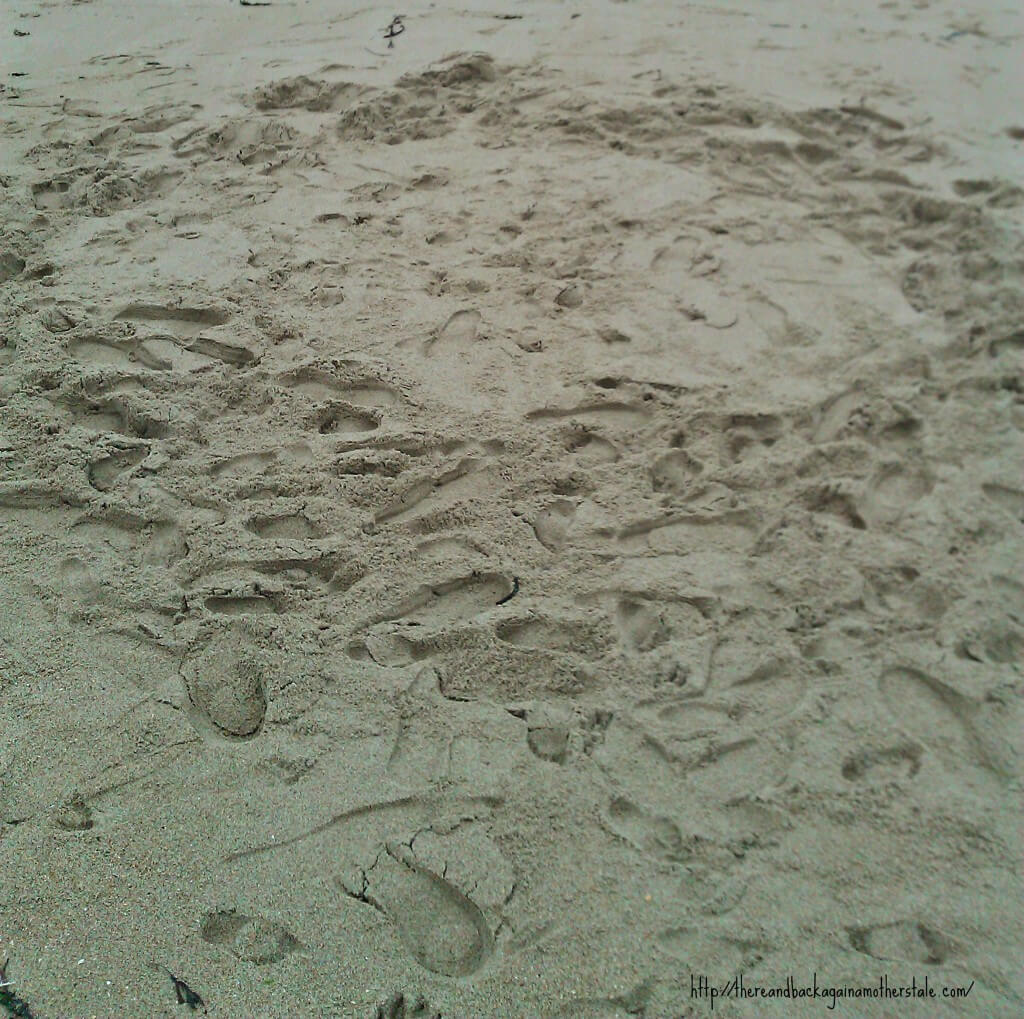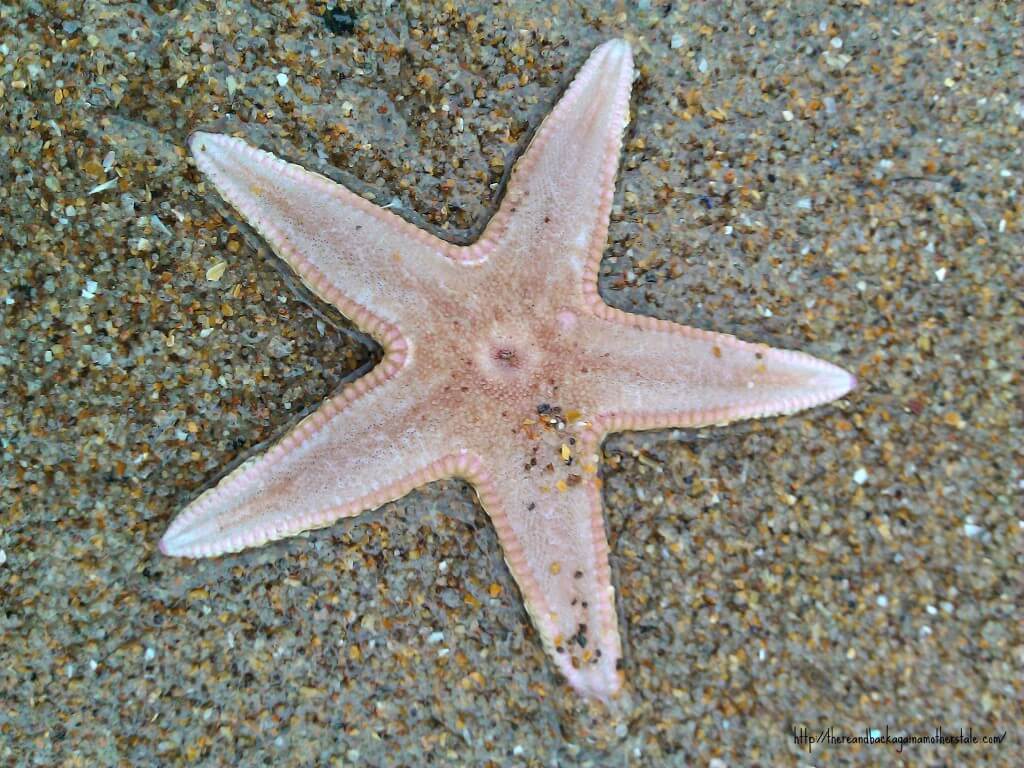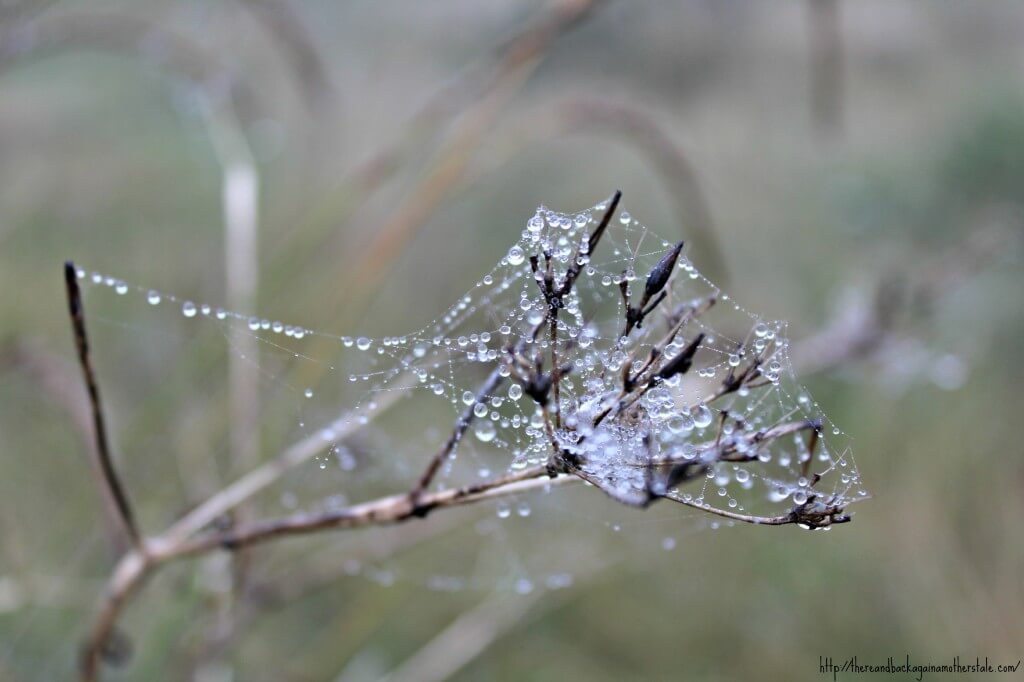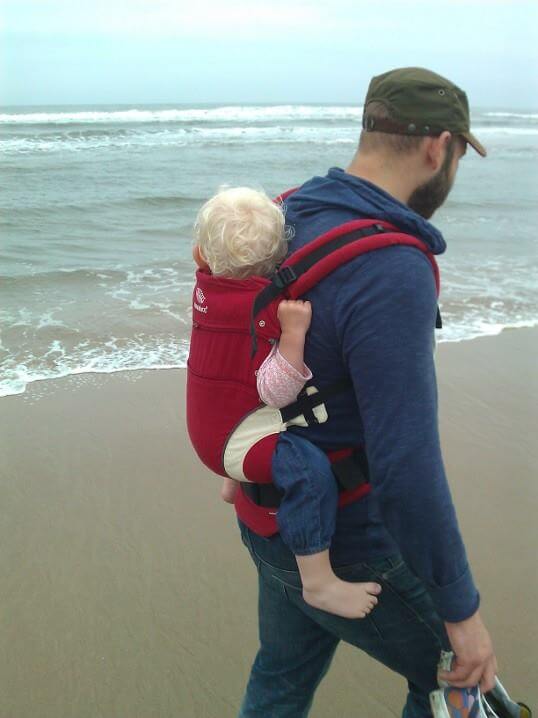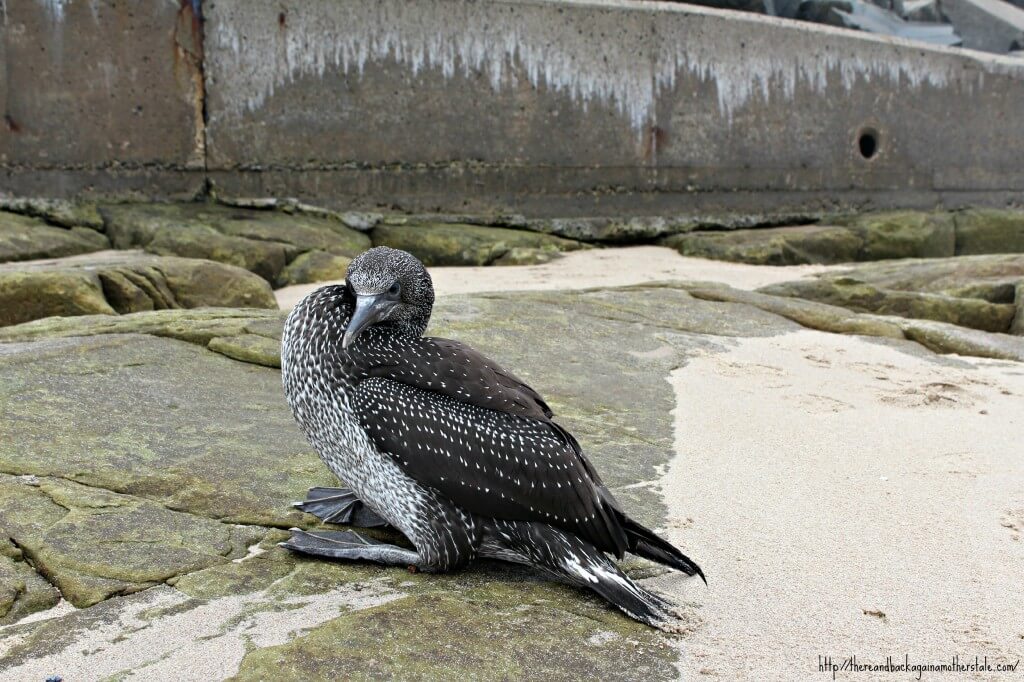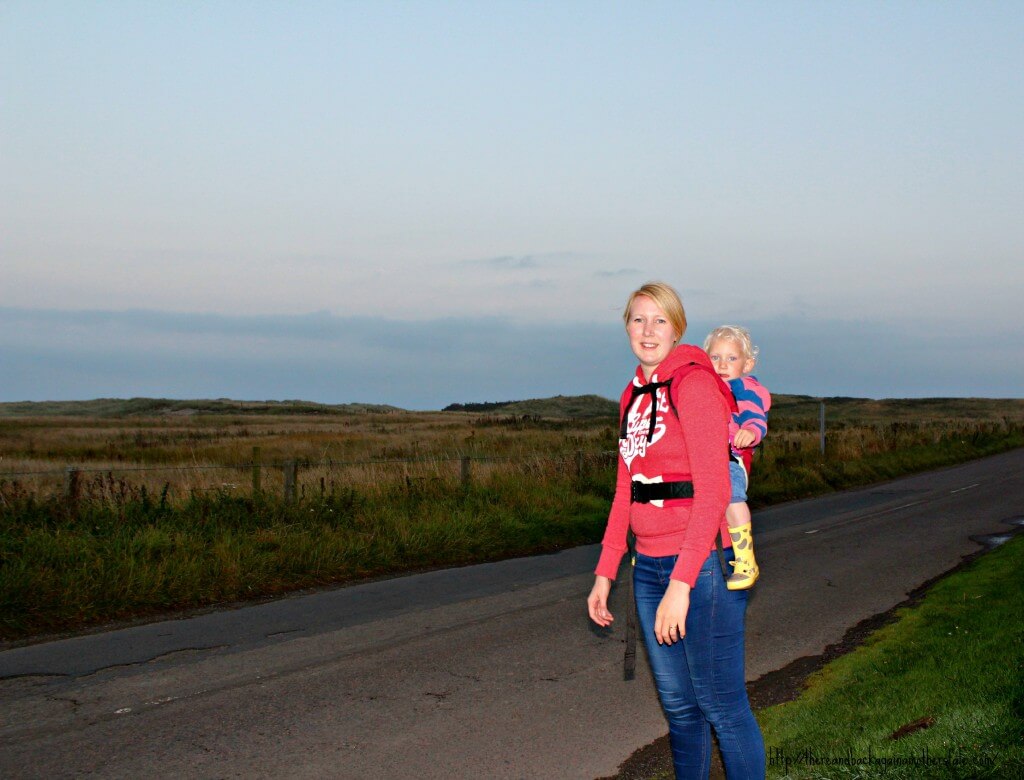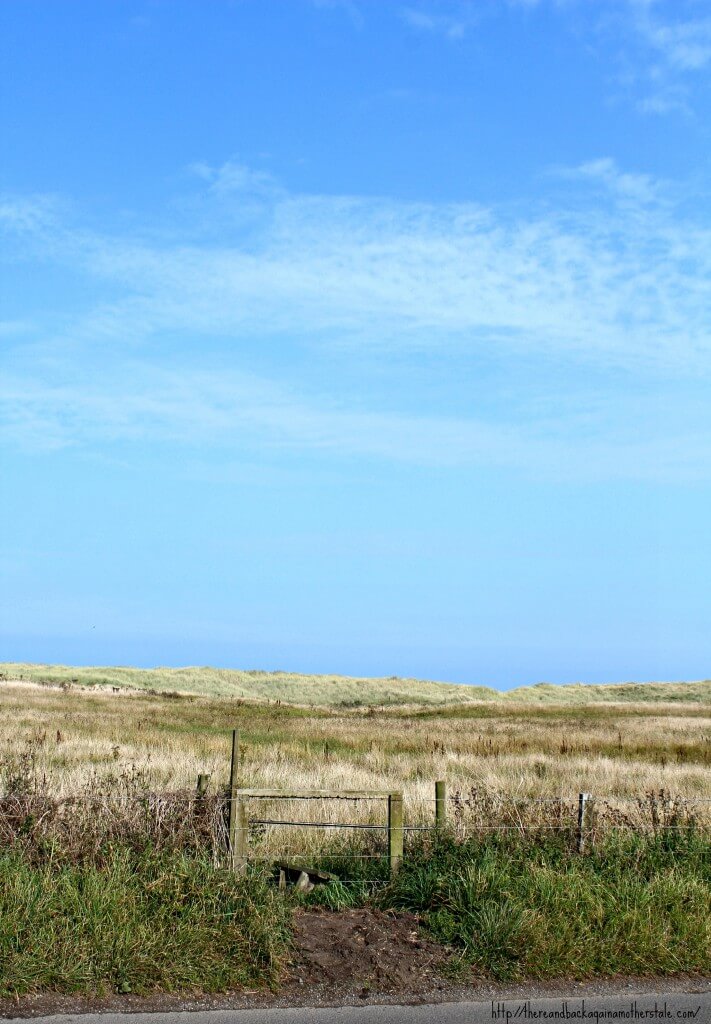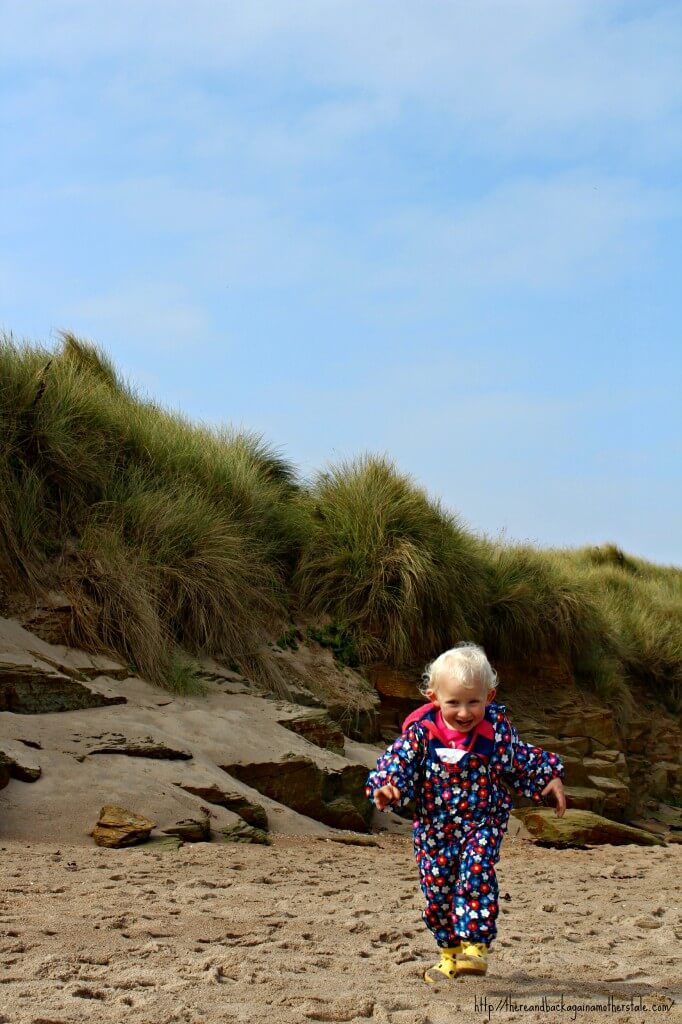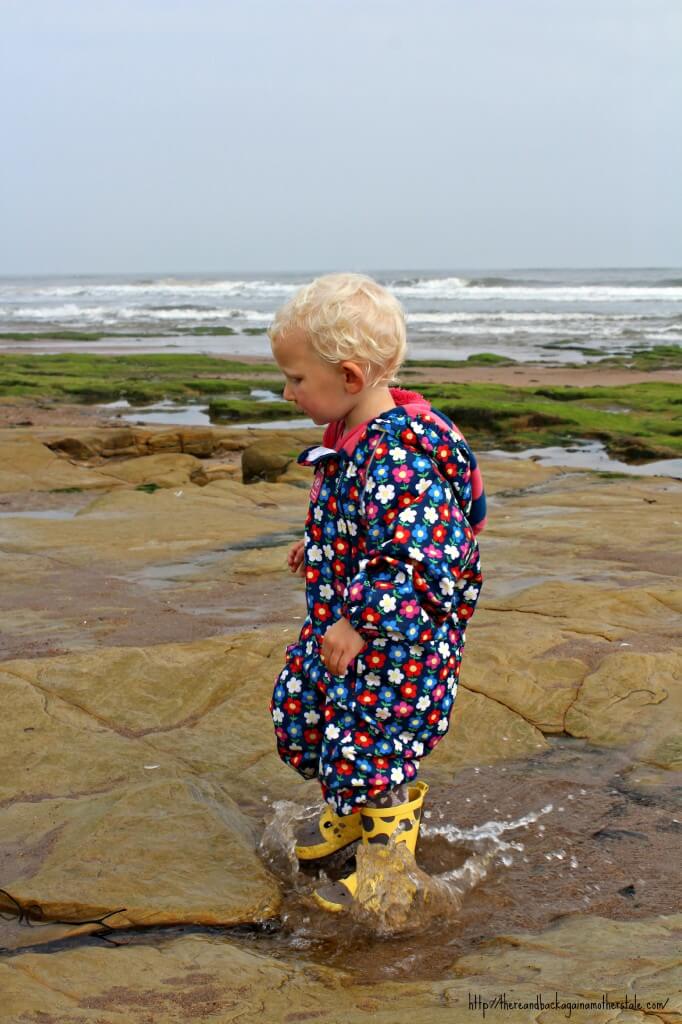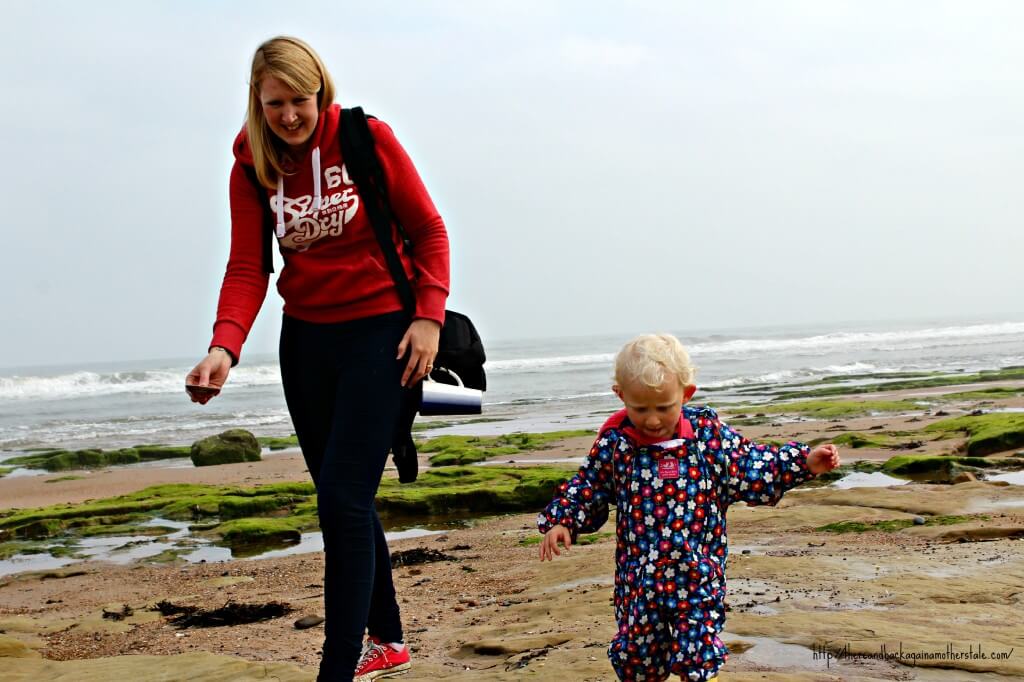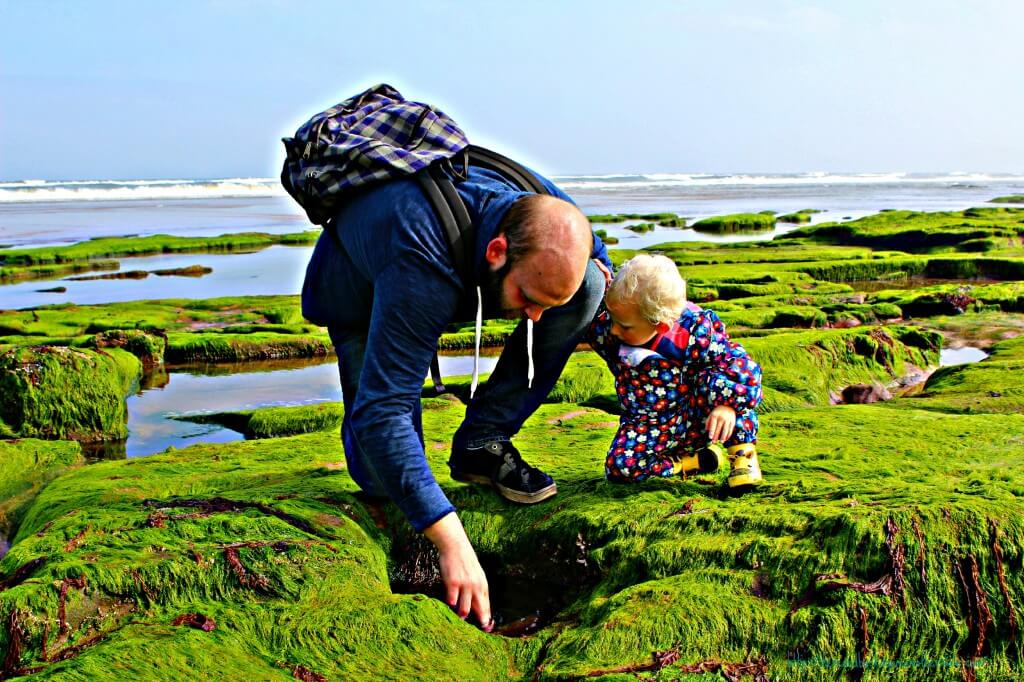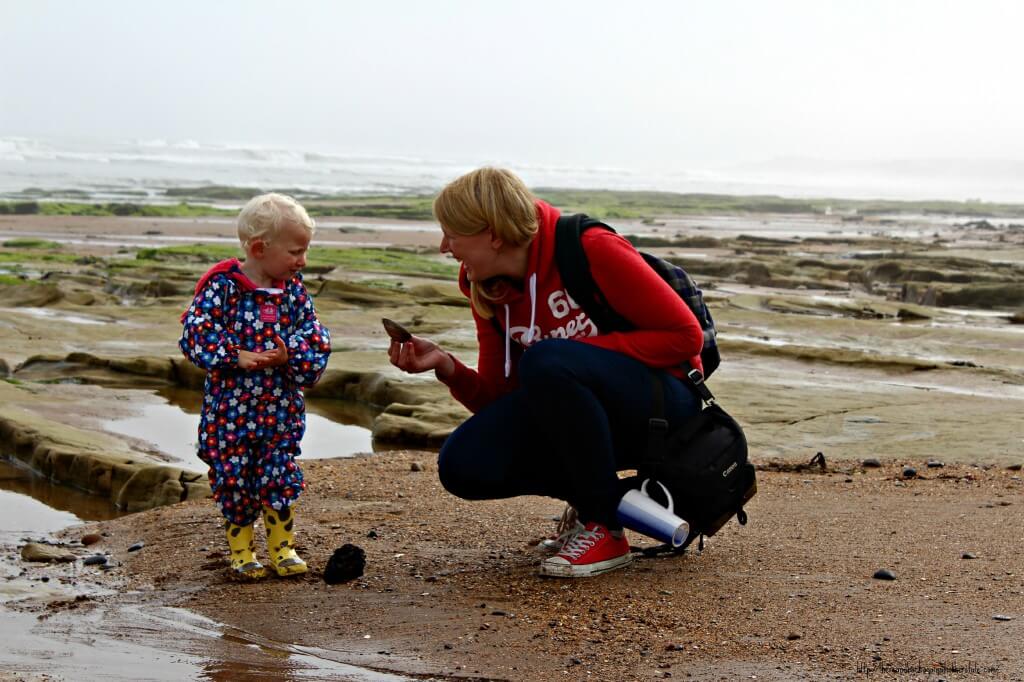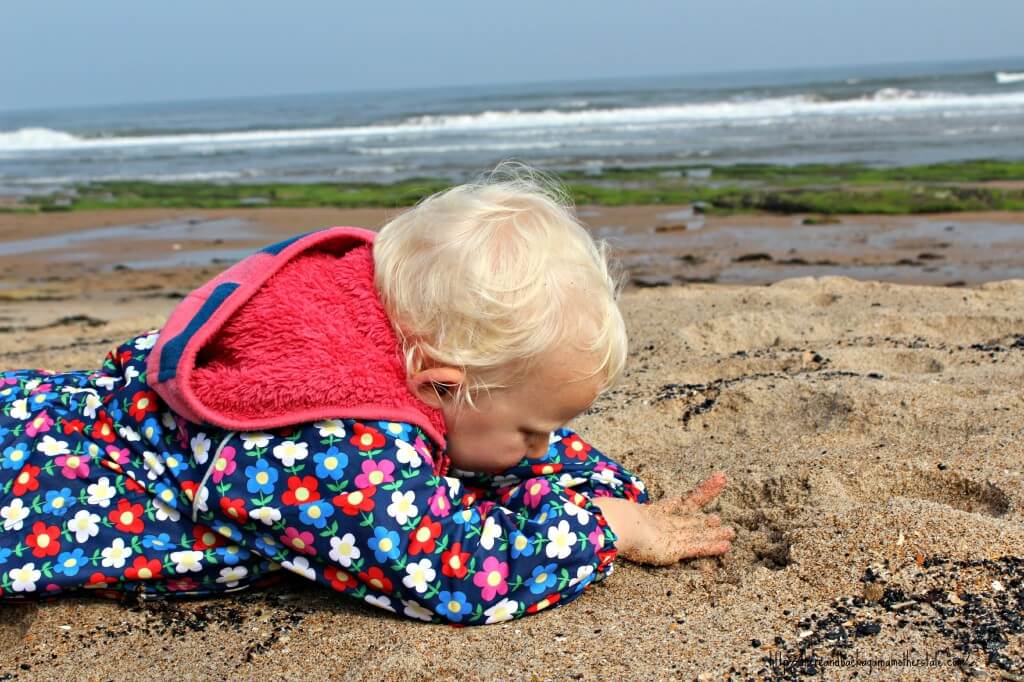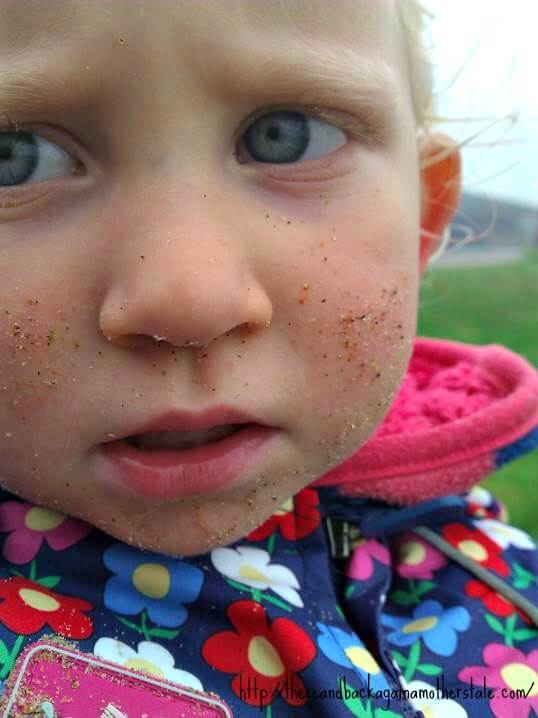I’ve always loved reading and have some really happy memories of children’s books. My hands down favourite book was Hairy Mclary From Donaldsons Dairy by Lynley Dodd, what a rascal!
Until recently Joss showed very little interest in reading, she liked books, sure, but mainly to transport around, stack and have the off flick through. It’s only now, this week, at nearly 30 months old that she shown any interest in settling down to really take interest in a story (I have to say for a short while I was worried she might not love books!)
So in my two and half years of reading with a fairly disinterested child, here are 7 ways to raise a reader, or seven things I’ve learned about encouraging young children to read.
7 ways to raise a reader
1) Take it out of the home
And into your local library, there are some great reading groups for kids that happen there, and they’re often lovely places for children to explore and start to get a feel for the kids of books they like the look of. Mums’ Days wrote a brilliant post about taking children to the library from an early age, it’s a must read if you’re new to the library. Make sure you ask for a library card for your littley and if you’re a reader yourself and don’t already have one then get one for yourself too, choose the odd read for yourself and that way your children get to see the whole library and not just the kids section.
2) Go for what is age appropriate
I think I probably aimed too high trying to settle down with my favourite Julia Donaldson with a five month old Joss! I was just excited about it and forgot that books are about so much more than just reading together, they’re for bonding, exploring and chatting about too! For younger children opt for very tactile fabric books like the one you can see in my photos above. Then move onto board books with peek a boos and then onto longer stories and paperbacks too.
3) Repetition, repetition
So you’ve been looking at the Hungry Caterpillar ten times a day for weeks now and it’s wearing thin?! Children learn lots of new words through repetition and so tend to like books with a lot of repetition, rhythm and rhyme too. Try to be animated in your reading and look for books similar to the ones they tend to like to add interest. The first book Joss really showed interest in about three weeks ago now was Room on the Broom, then we moved to Tabby McTat which I really like too, this morning in the shower Joss said really clearly “Tabby McTat is a Busker cat” which was so adorable, shows that she is enjoying the books we’re choosing together and highlights something that I find really interesting too – she’s starting to show a love for word play which I really find fun too! She’s been rhyming and making up daft words like basket lasket, grinny binny and pocket mocket, this tells me that we’ve a rhymer on our hands!
4) …and something to add interest
I noticed early on that lots of kids books have loads of details in the illustrations that add interest and give us more to talk about. We noticed in Fox’s Socks that there’s a sweet little mouse on every page and that ducks seem to crop up a lot around Mr Fox’s house, you start to spot stuff that kids don’t to add interest for you, and then you can ask them to look out for these ‘extras’ too! Is there anything you’ve spotted or noticed about the books you like to read?
5) Share a book you love
Let your children see you reading to share the love, but also show them books you liked as a child to bring reading to life, chances are you’ll be really enthusiastic about reading an old treasure, which is how I reacted when we read Dogger with a tear in my eye recently!
6) Follow their interests even if it means looking at non-fiction
I wouldn’t have thought about looking at non-fiction in the library until Joss showed an interest in the ‘big boys and girls books’ and I’m so glad we looked! After our trip to Druridge Bay we got out ‘My First Book of the Sea’ and she loved looking at and talking about the treasures we found on our holiday. Non-fiction can really appeal to their interests, look for books about vehicles, animals, wildlife etc, things that are of relevance to your children’s lives, you might find that it really sparks their love of books too!
7) It’s no big deal
If your littley is disinterested and wriggles away either start with very short books and build up or simply put the books away for another time, Joss loves motor activities at all hours of the day but I’ve noticed that her quiet time comes at about five when we’re prepping dinner, picking up a book at this time has really worked well for her, it’s a time when she’s tired but concentrates well, a good time for a book whilst waiting to be fed! It means we don’t yet do a ‘book before bed’ but 5pm is a time of day that we both enjoy for now.

